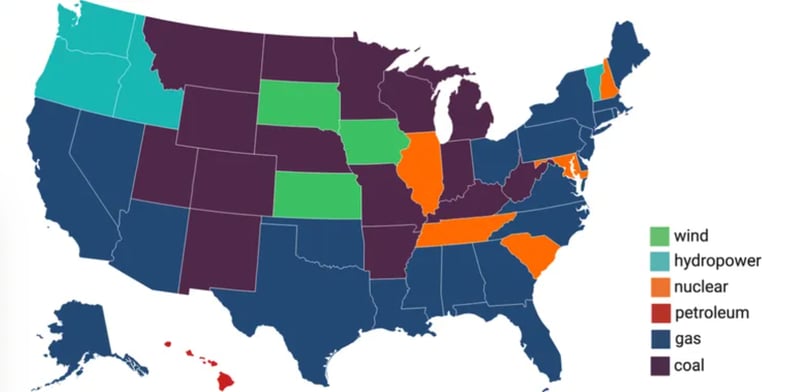Environmental and Ethical Implications of EV's
EV's are require a significant amount of energy to charge and use harmful minerals in their batteries. While they may reduce pollution in the cities and town they drive in, they still have an impact on the environments. EV's displace pollution, often harming other regions of the world.
6/19/20251 min read


In 2024, over 17 million electric vehicles (EV's) were sold word wide, a 25% increase from 2023 according to the International Energy Agency. EV's are often thought of as environmentally friendly and a sustainable option in lieu of internal combustion engine vehicles. While EVs can be beneficial in certain ways, they are also quite damaging to specific natural environments and populations.
It is important to understand that air pollution can be extremely dangerous. In the United States alone, there have been over 60,000 air pollution related deaths as mentioned in a figure by Statista. In addition to numerous deaths, deteriorating air quality has lead to increased health and respiratory issues. 27% of pollution comes from cars, which is a signifigant contributor to air pollution. In reducing pollution in large cities, EVs are beneficial as they are not producing emissions.
However, while they don't pollute the areas in which they drive around in, EVs often impact other areas of the world. I like to think of EVs as the displacement of pollution, not the prevention of pollution.
All EVs need a substantial amount of energy to charge, around 4,500 kWH (kilowatt hours) each year. That is equivalent to 50% of the energy needs of a house. The energy needed to charge the EVs often comes from electrical grid, putting increased pressure on local power-plants, which rely on coal, natural gas, and other fossil fuels.
The image above displays the breakdown of the dominant energy sources in each state. So owning an EV in Colorado means that the energy that is charging the car is likely coming from a power-plant which runs on gas.


